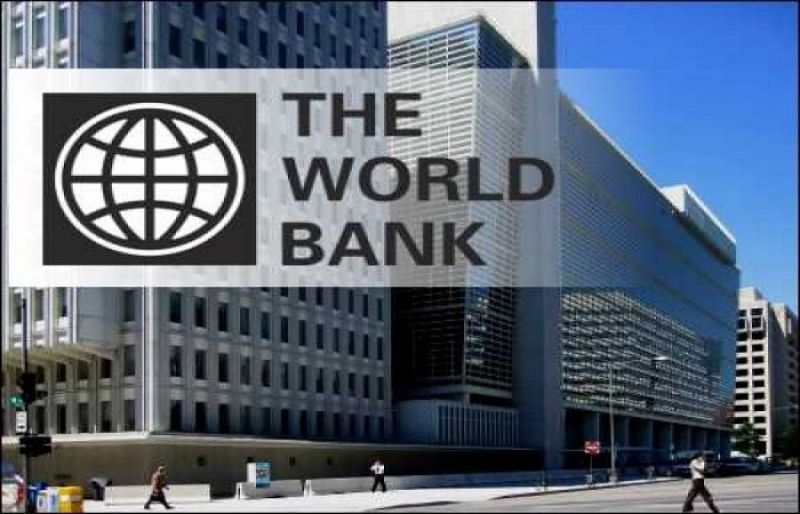Ghana’s banking sector in 2024–2025 noticed robust asset progress and improved capital, the World Financial institution has said.
Nevertheless, the excessive credit score dangers and a deal with authorities securities restricted non-public sector lending.
Total, the World Financial institution stated the efficiency of the banking sector in 2024 indicated a gradual restoration from the macroeconomic challenges confronted in 2022.
“Developments from 2022 to 2025 had been marked by robust asset progress, a pronounced shift towards liquidity and authorities securities, persistent asset high quality challenges, and cautious lending. These developments had been deeply interlinked, with macroeconomic situations, threat perceptions, and coverage responses shaping the sector’s evolution and its position in supporting the broader financial system”, it alluded.
Banks Favoured Authorities Securities
Nonetheless, the banks overwhelmingly favored authorities securities, and by early 2025, over 99% of financial institution investments had been in authorities securities, with the share of short-term treasury payments rising sharply from 26.3% to 40.3%.
In response to the Bretton Woods establishment, the choice for treasury payments over longer-term securities mirrored issues about length threat and coverage uncertainty, in addition to the engaging returns supplied by excessive T-bill charges—constantly above 26%.
The World Financial institution stated this funding technique had a number of implications.
First, it contributed to the crowding-out impact, as banks’ choice for presidency securities decreased the supply of credit score for the true financial system, limiting help for inclusive progress.
Second, it formed profitability as banks maintained a steady Return on Belongings (5.6%) and a excessive common Return on Fairness (32.2% in half-year 2025), however these returns had been pushed primarily by protected belongings reasonably than natural credit score growth.
It warned that the excessive Non-Performing Loans continued to constrain the sector’s means to develop capital organically.
Regulatory Entrance
On the regulatory entrance, the World Financial institution stated the sector’s capital adequacy improved, with the Capital Adequacy Ratio (CAR) rising from 13.6% in February 2024 to fifteen.9% in March 2024, and stabilising at 14.3–14.4% by February 2025.
Nevertheless, some banks remained undercapitalized, going through strain forward of the expiry of regulatory forbearance in December 2025.
DISCLAIMER: The Views, Feedback, Opinions, Contributions and Statements made by Readers and Contributors on this platform don’t essentially symbolize the views or coverage of Multimedia Group Restricted.
DISCLAIMER: The Views, Feedback, Opinions, Contributions and Statements made by Readers and Contributors on this platform don’t essentially symbolize the views or coverage of Multimedia Group Restricted.
Source link
